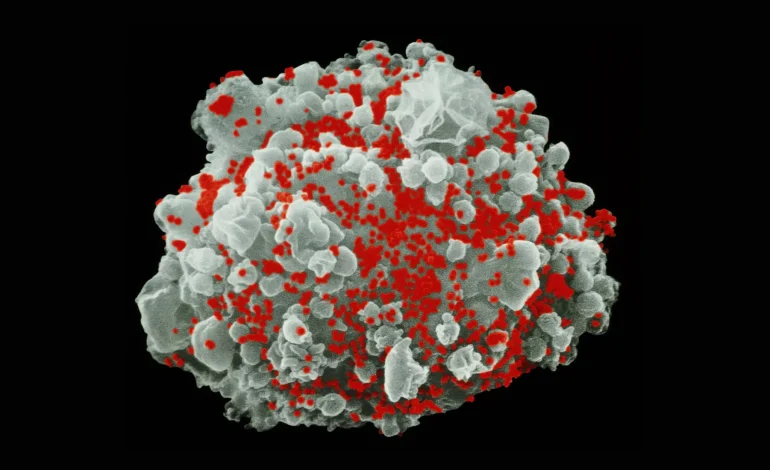New Technique Sheds Light on Hidden HIV, Offering Hope for Future Treatments

A team of Australian researchers has developed a novel method to expose dormant HIV hidden within white blood cells — a major step forward in the search for a potential cure.
The study, led by scientists from the Peter Doherty Institute for Infection and Immunity in Melbourne and published in Nature Communications, introduces an mRNA-based strategy capable of making the virus visible to the immune system. This new method could eventually allow for the complete elimination of HIV from the body — a goal long pursued but not yet realized.
HIV is known for its ability to hide in resting CD4 immune cells, forming so-called “reservoirs” that are resistant to current antiretroviral therapies. Although these treatments can suppress the virus to undetectable levels, they cannot eradicate it entirely, meaning individuals must remain on medication indefinitely.
The research utilizes mRNA technology — the same foundation behind some COVID-19 vaccines — encapsulated in a specially engineered lipid nanoparticle called LNP X. This nanoparticle can enter the elusive white blood cells that harbor HIV, delivering mRNA instructions that trigger the cells to expose the virus.
“We were overwhelmed by how effective the system was,” said Dr. Paula Cevaal, a research fellow and co-first author of the study. “Previously, these cells didn’t accept mRNA via lipid nanoparticles at all. Now, suddenly, it’s working.”
The lab-based study used cells donated by HIV-positive individuals. Although the approach has only been tested in vitro, researchers are optimistic about its future potential. Next steps include testing in animal models, with human clinical trials still several years away.
Experts unaffiliated with the study have noted the approach as a significant advancement. Dr. Jonathan Stoye of the Francis Crick Institute called it a “major potential advance,” though he emphasized the need for further research to determine how best to eliminate the virus once it is unmasked.
Dr. Sharon Lewin, another senior author and director of the Cumming Global Center for Pandemic Therapeutics in Melbourne, highlighted mRNA’s expanding role in medicine:
“This technology allows us to reach areas of the body we couldn’t access before.”
However, other scientists offered more cautious views. Professor Tomáš Hanke of Oxford University questioned whether reaching all HIV-reservoir cells was truly feasible and warned against overinterpreting early findings.
Still, researchers agree the new findings are promising. While the ultimate challenge remains — whether awakening the virus is sufficient to eliminate it — the technique marks a notable leap in HIV cure research.
With input from the Guardian, the New York Times, and New York Post.









The latest news in your social feeds
Subscribe to our social media platforms to stay tuned